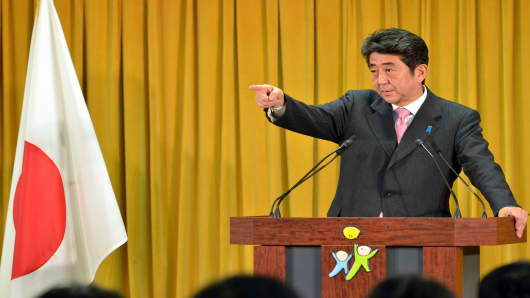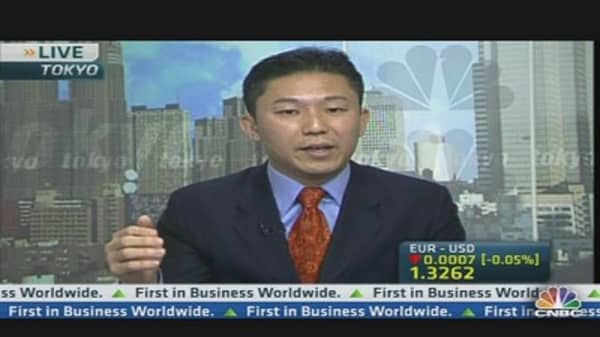Japan's $117 billion economic stimulus package is a positive start to revive a frail economy. But the government needs to follow this up with long term structural changes and the central bank has to chip in with some bold moves — otherwise disappointment is sure to follow, analysts said Friday.
Faced with an economy in recession, Japan's new government unveiled the country's biggest spending boost since the financial crisis and one it hopes will boost economic growth by 2 percentage points and create 600,000 jobs.
Japan's economy, the world's third largest, has contracted for two quarters running, pushed into a recession by weak global demand for its exports.
"Japan's economy has been very weak over the past couple of quarters and some stimulus is necessary to get the growth rate up at least over the near term," Thomas Byrne, senior vice president at Sovereign Risk Group, Moody's Investors Service, told CNBC Asia's "The Call." "Other things are necessary to keep the growth rate up over the longer-term though."
Shinzo Abe, who became Japan's new prime minister last month after his Liberal Democratic Party was returned to power with a comfortable election win, has promised to revive the economy and urged the central bank to introduce aggressive monetary easing and double its inflation target to 2 percent.
(Read More: Bank of Japan to Consider Easing Again in January)





